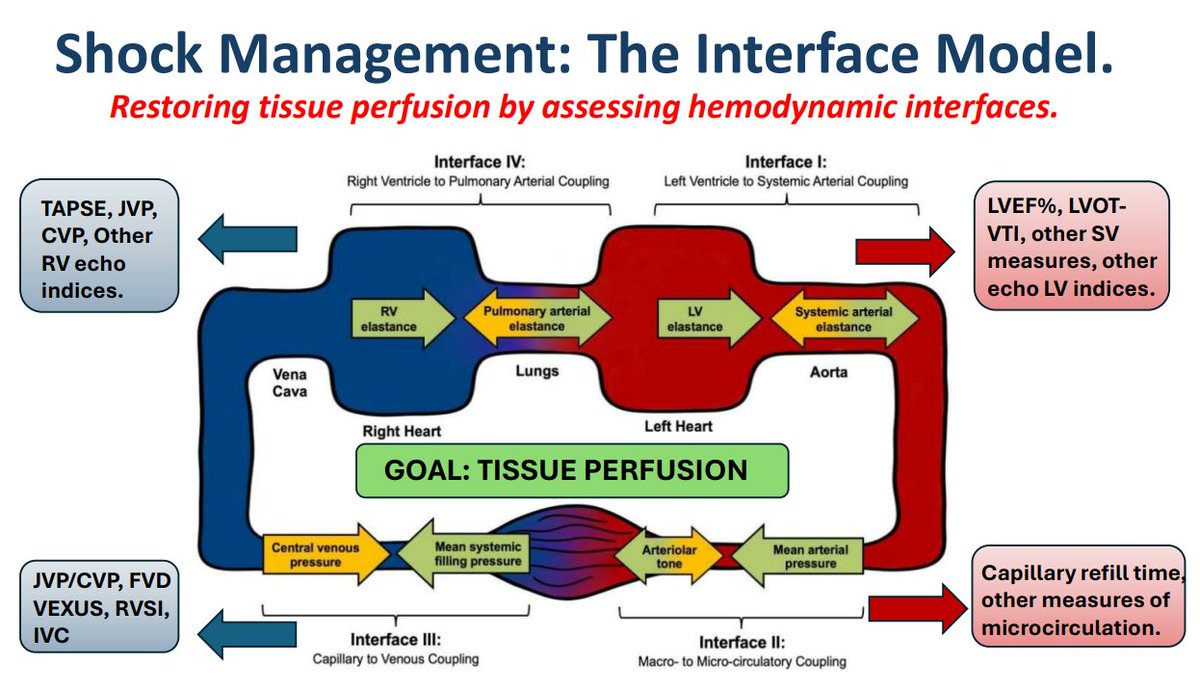What was it?
Multicenter, randomized, controlled trial (RESCUE-3) evaluating temporary transvenous diaphragm neurostimulation (TTDN) using the Lungpacer Diaphragm Pacing Therapy System versus standard of care (SoC) for weaning from mechanical ventilation in critically ill patients with diaphragm dysfunction.
The Devil in the Details!
- 223 patients across 33 centers in the US, France, and Germany.
- Patients on mechanical ventilation for ≥96 hours, with at least two failed spontaneous breathing trials.
- TTDN group received up to 120 stimulations per day for up to 30 days, alongside SoC; control group received SoC alone.
- Primary outcome: Proportion of patients successfully weaned from mechanical ventilation by Day 30.
- Secondary outcomes: Mechanical ventilation duration, ventilator-free days, 30-day survival, maximal inspiratory pressure (MIP), adverse events (AEs).
- Bayesian sequential design with borrowing from RESCUE-2 trial data, downweighted for trial differences.
The Results!
- 216 patients in mITT primary analysis
- information from 64 patients borrowed from RESCUE-2
- Weaning success
- Treatment 70%
- Control 61%
- Adjusted hazard ratio 1.34 (95% Crl 1.03, 1.78)
- Posterior probability of superiority = 97.9%
- Adverse events
- 36% vs. 24% reported SAEs
- 10% of Treatment group patients had “possibly/probably-related” SAEs
- Higher ventilator-free days in Treatment group (median 16 vs. 6)
- Mortality numerically lower in Treatment group (9.8% vs. 10.5%)
- MIP increased significantly in TTDN group
They concluded
The authors concluded that TTDN, compared to SoC, improved successful weaning rates, respiratory muscle strength, and ventilator-free days, with a trend toward reduced mortality, despite increased adverse events.
Gripe Point Summary!
Detailed gripes below, but key concerns include:
- Primary outcome (weaning success) not statistically significant, raising doubts about clinical impact.
- High rate of technical issues (25% failure in catheter insertion or pacing delivery in RESCUE-2).
- Open-label design risks bias in SoC delivery.
- Bayesian borrowing from RESCUE-2 may introduce statistical complexity and assumptions.
- Limited generalizability due to strict inclusion criteria.
- Increased adverse events in TTDN group, with unclear severity.
- Short-term follow-up (30 days) misses long-term outcomes.
- Heterogeneity in patient population and center practices.
Our Summary
In critically ill patients struggling to wean from mechanical ventilation, TTDN showed a non-significant 8% increase in successful weaning, significant improvements in MIP, and more ventilator-free days compared to SoC. Despite a trend toward reduced mortality, higher adverse events and technical challenges limit enthusiasm. This trial suggests TTDN’s potential but calls for larger studies to confirm efficacy and safety.
Who’s worked on this before?
Further gripes
- Non-significant primary outcome: The 8% difference in weaning success (p=0.586) suggests limited clinical benefit, undermining the trial’s primary goal.
- Technical limitations: RESCUE-2 reported 25% failure in catheter insertion or pacing delivery, which may persist in RESCUE-3, affecting feasibility in real-world settings.
- Open-label design: Lack of blinding risks bias in SoC delivery or outcome assessment, especially for subjective components like weaning readiness.
- Bayesian borrowing: Borrowing data from RESCUE-2 introduces statistical assumptions that may inflate effect sizes or obscure true differences.
- Inclusion criteria: Patients required ≥96 hours of ventilation and two failed weaning trials, excluding those with milder or more acute conditions, limiting applicability.
- Adverse events: Higher AEs in TTDN group (exact rates unclear) raise safety concerns, especially given invasive catheter placement.
- Short follow-up: 30-day outcomes miss long-term effects on diaphragm function, reintubation rates, or mortality.
- Heterogeneity: 33 centers across three countries introduce variability in SoC, potentially confounding results.
- MIP focus: Significant MIP improvement may not translate to weaning success, as seen in RESCUE-2, questioning its clinical relevance.
- Cost and complexity: TTDN requires specialized equipment and training, which may limit adoption compared to non-invasive alternatives.
- No non-pharmacological comparison: Lack of comparison to physical therapy or other diaphragm-strengthening strategies leaves TTDN’s relative value unclear.
CCN’s Reflection
RESCUE-3 offers intriguing evidence for TTDN as a novel approach to tackle ventilator-induced diaphragm dysfunction, with promising gains in muscle strength and ventilator-free days. However, the non-significant weaning success rate, technical hurdles, and increased adverse events temper optimism. The open-label design and Bayesian borrowing add layers of complexity that muddy interpretation. While TTDN could be a game-changer for difficult-to-wean patients, we need more robust, blinded trials with longer follow-up to confirm its place in critical care. For now, it’s a high-tech “personal trainer” for the diaphragm with potential—but it’s not ready to take center stage
Written by JW












